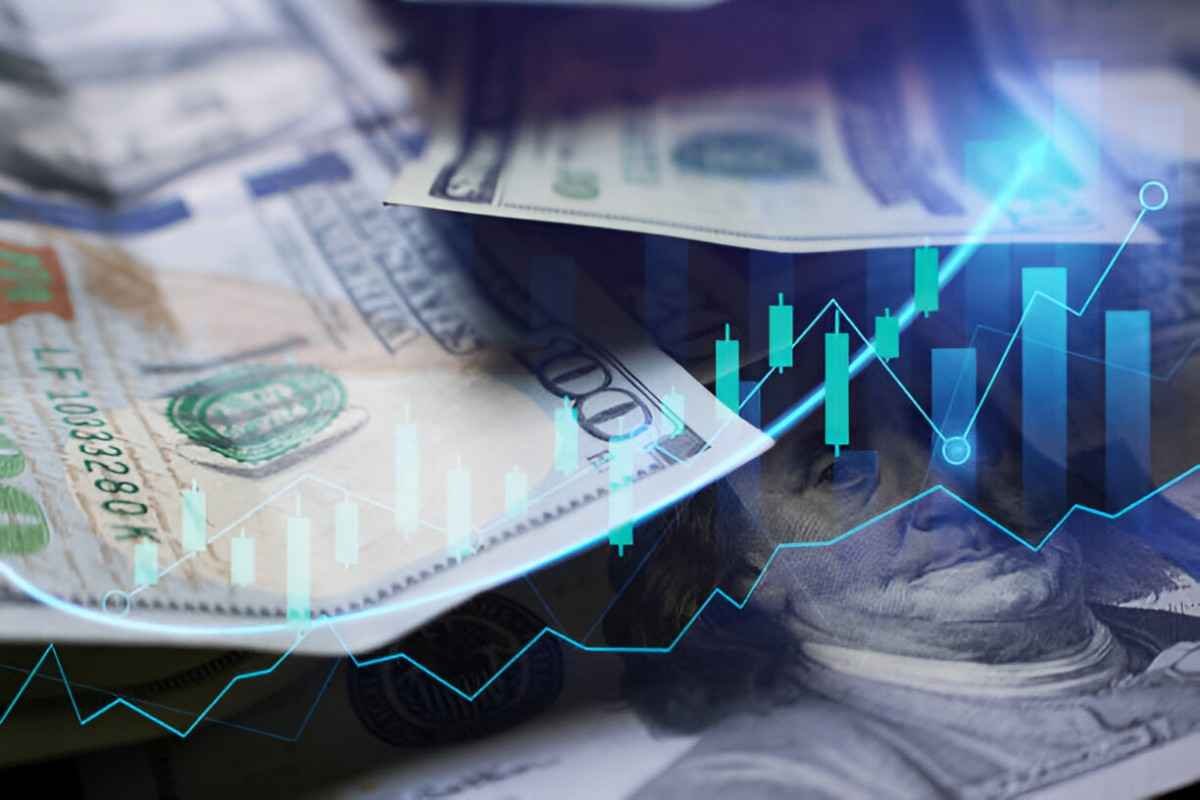As someone who has spent years analyzing financial systems, I find money supply one of the most critical yet misunderstood concepts in economics. The way currency and assets circulate shapes everything from inflation to interest rates, yet few grasp its mechanics. In this article, I break down money supply, its measurement, and its real-world implications—using plain language, concrete examples, and mathematical clarity.
Table of Contents
What Is Money Supply?
Money supply refers to the total amount of monetary assets available in an economy at a given time. It includes physical cash, bank deposits, and other liquid instruments. The Federal Reserve (Fed) tracks and regulates money supply to stabilize the economy. Too much money can cause inflation; too little can trigger recessions.
The Components of Money Supply
The Fed categorizes money supply into several aggregates:
- M0 (Monetary Base) – Physical currency in circulation plus reserves held by banks at the Fed.
- M1 – M0 plus demand deposits (checking accounts) and other highly liquid assets.
- M2 – M1 plus savings accounts, time deposits under $100,000, and retail money market funds.
- M3 (Discontinued in 2006 but still relevant in broader discussions) – M2 plus large time deposits, institutional money market funds, and other less liquid assets.
Here’s a comparison:
| Money Supply Measure | Components Included |
|---|---|
| M0 (Monetary Base) | Physical cash + bank reserves |
| M1 | M0 + checking accounts + traveler’s checks |
| M2 | M1 + savings accounts + small time deposits |
| M3 | M2 + large time deposits + institutional funds |
How Money Supply Circulates
Money doesn’t sit idle—it flows through banks, businesses, and consumers. The money multiplier effect explains how banks amplify the initial monetary base through lending.
The Money Multiplier Formula
The money multiplier (m) is derived from the reserve ratio (rr):
m = \frac{1}{rr}If the reserve requirement is 10% (rr = 0.1), then:
m = \frac{1}{0.1} = 10This means every dollar in reserves can theoretically support $10 in new loans.
Example: Bank Lending in Action
Suppose the Fed injects $1,000 into Bank A. If the reserve ratio is 10%, Bank A keeps $100 and lends $900. The borrower spends it, and the recipient deposits $900 into Bank B. Bank B keeps $90 and lends $810. The cycle continues, expanding the money supply.
| Bank | Deposit | Reserves (10%) | Loan Issued |
|---|---|---|---|
| A | $1,000 | $100 | $900 |
| B | $900 | $90 | $810 |
| C | $810 | $81 | $729 |
The total money supply increase approaches:
\Delta MS = \frac{Initial\ Deposit}{rr} = \frac{1000}{0.1} = 10,000In reality, leakage (cash hoarding, bank reluctance to lend) reduces this effect.
The Fed’s Role in Controlling Money Supply
The Federal Reserve uses three primary tools:
- Open Market Operations (OMOs) – Buying/selling Treasury securities to adjust bank reserves.
- Discount Rate – Interest rate charged to banks for borrowing from the Fed.
- Reserve Requirements – Fraction of deposits banks must hold (though the Fed reduced this to 0% in 2020).
Quantitative Easing (QE): A Case Study
During the 2008 crisis, the Fed launched QE—buying long-term securities to inject liquidity. From 2008 to 2014, the Fed’s balance sheet ballooned from $900 billion to $4.5 trillion. M2 surged, but inflation stayed low due to weak velocity (money changing hands slowly).
Money Supply and Inflation
The Quantity Theory of Money links money supply (M), velocity (V), price level (P), and output (Y):
MV = PYIf V and Y are stable, increasing M raises P. Post-2020, M2 grew 27% in two years, contributing to 2022’s inflation spike.
Historical Correlation: M2 Growth vs. Inflation
| Year | M2 Growth (%) | Inflation (CPI %) |
|---|---|---|
| 2019 | 6.7 | 2.3 |
| 2020 | 24.9 | 1.4 |
| 2021 | 11.3 | 7.0 |
| 2022 | -1.3 | 6.5 |
The Global Perspective: Money Supply in Different Economies
The U.S. dollar’s dominance means Fed policies ripple worldwide. Countries like Zimbabwe and Venezuela saw hyperinflation from unchecked money printing. Meanwhile, Japan’s decades of QE failed to spur inflation due to demographic and structural factors.
Conclusion
Money supply isn’t just about printing cash—it’s a dynamic system influenced by banking behavior, Fed policies, and economic activity. By understanding its mechanics, we better predict inflation, interest rates, and financial stability. Whether you’re an investor, policymaker, or curious observer, grasping money supply is essential in today’s interconnected economy.





